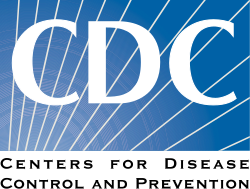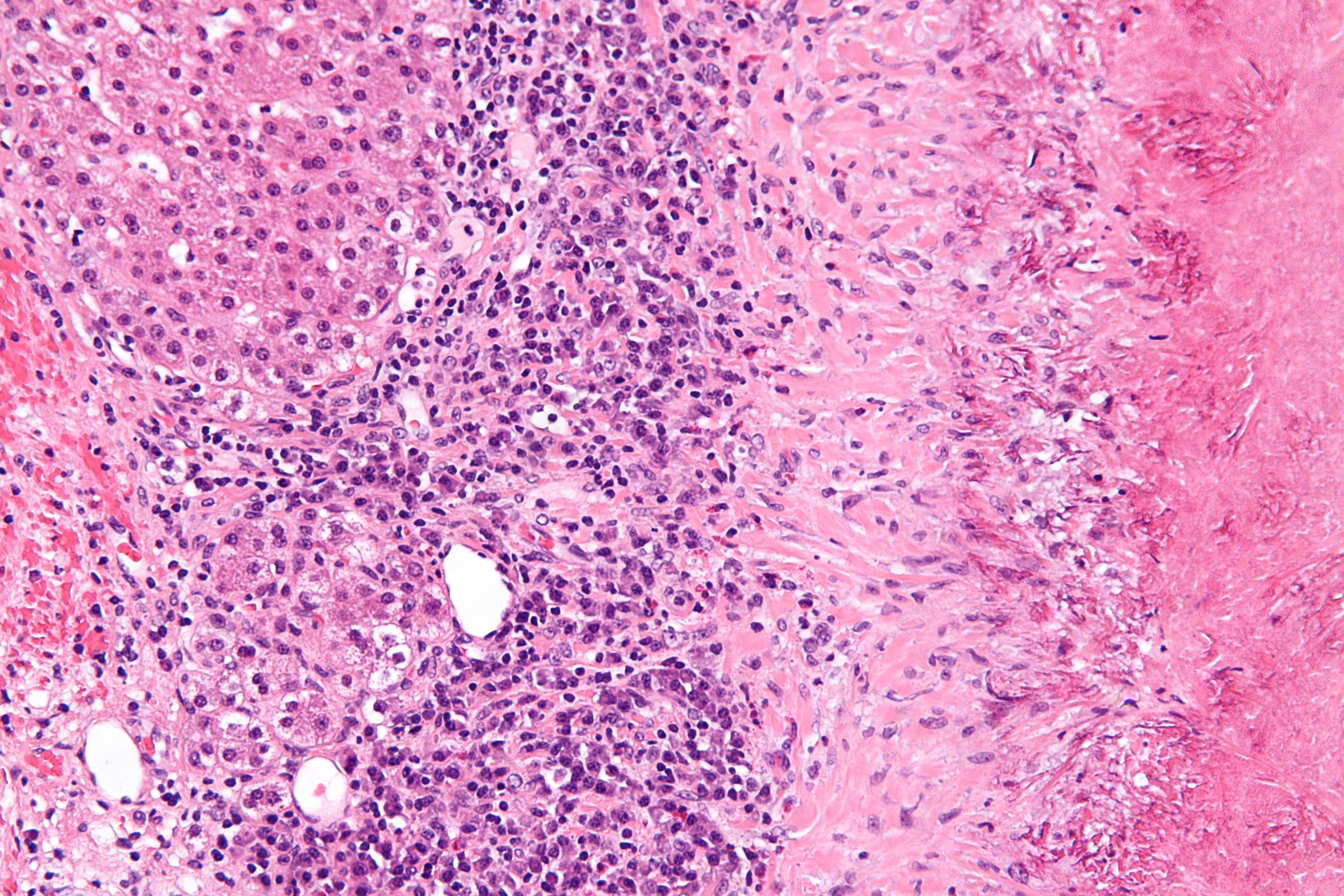Main Page/Featured article of the week/2015
|
|
If you're looking for the 2014 archive, it can be found here. |
Featured article of the week archive - 2015
Welcome to the LIMSwiki 2015 archive for the Featured Article of the Week.
Featured article of the week: January 5–11:The Centers for Disease Control and Prevention (CDC) is the national public health institute of the United States. The CDC is a federal agency under the Department of Health and Human Services and is headquartered in Atlanta, Georgia. Its main goal is to protect public health and safety through the control and prevention of disease, injury, and disability. The CDC focuses national attention on developing and applying disease control and prevention. It especially focuses its attention on infectious disease, food borne pathogens, environmental health, occupational safety and health, health promotion, injury prevention, and educational activities designed to improve the health of United States citizens. The CDC combats emerging diseases and other health risks, including birth defects, West Nile virus, avian influenza, swine influenza, pandemic flu, E. coli, and bioterrorism, to name a few. In addition, the CDC researches and provides information on non-infectious diseases such as obesity and diabetes and is a founding member of the International Association of National Public Health Institutes. The CDC has one of the few biosafety level 4 laboratories in the country, as well as one of only two official repositories of smallpox in the world. The second smallpox store resides at the State Research Center of Virology and Biotechnology VECTOR in the Russian Federation. (Full article...)
|











